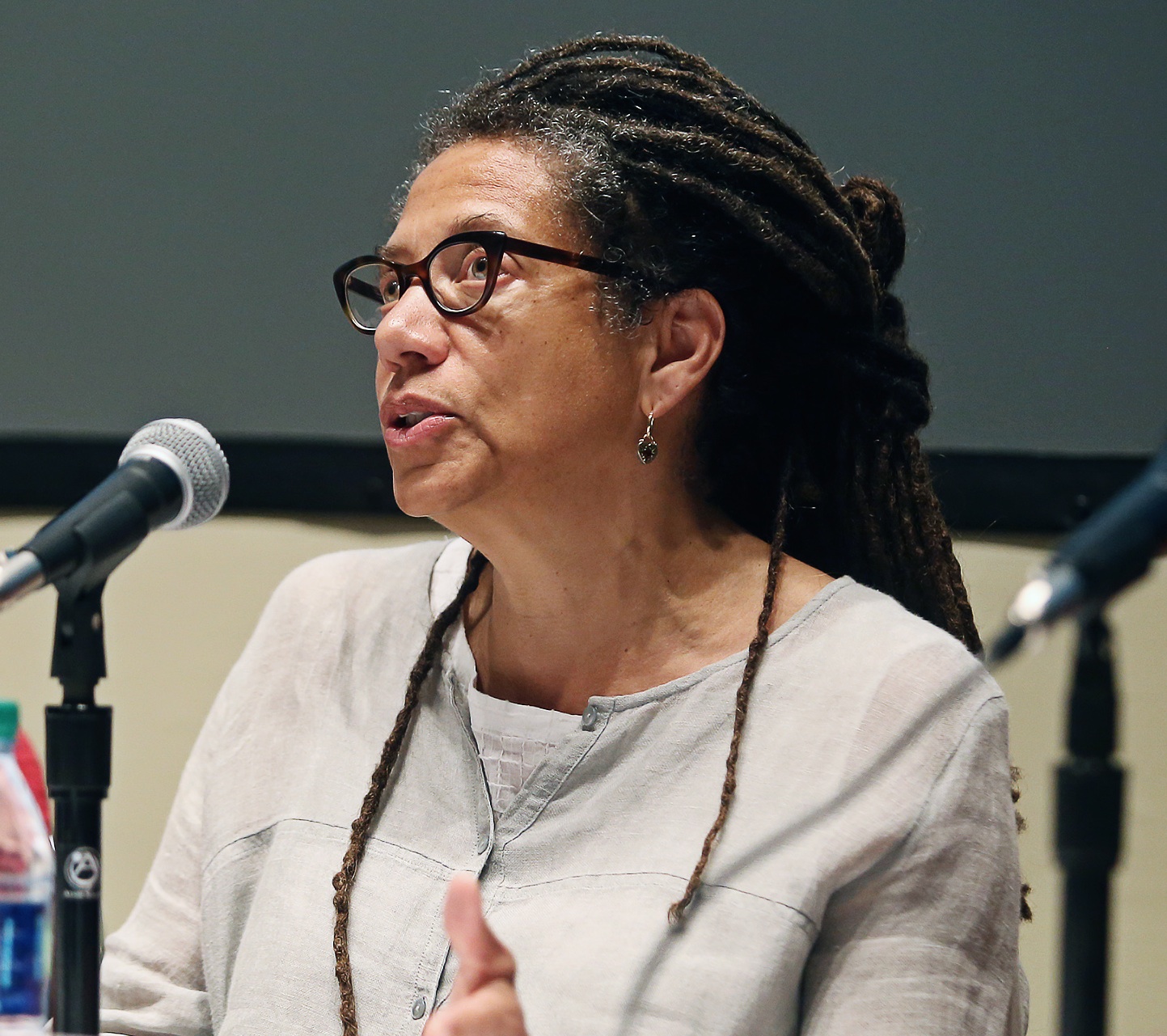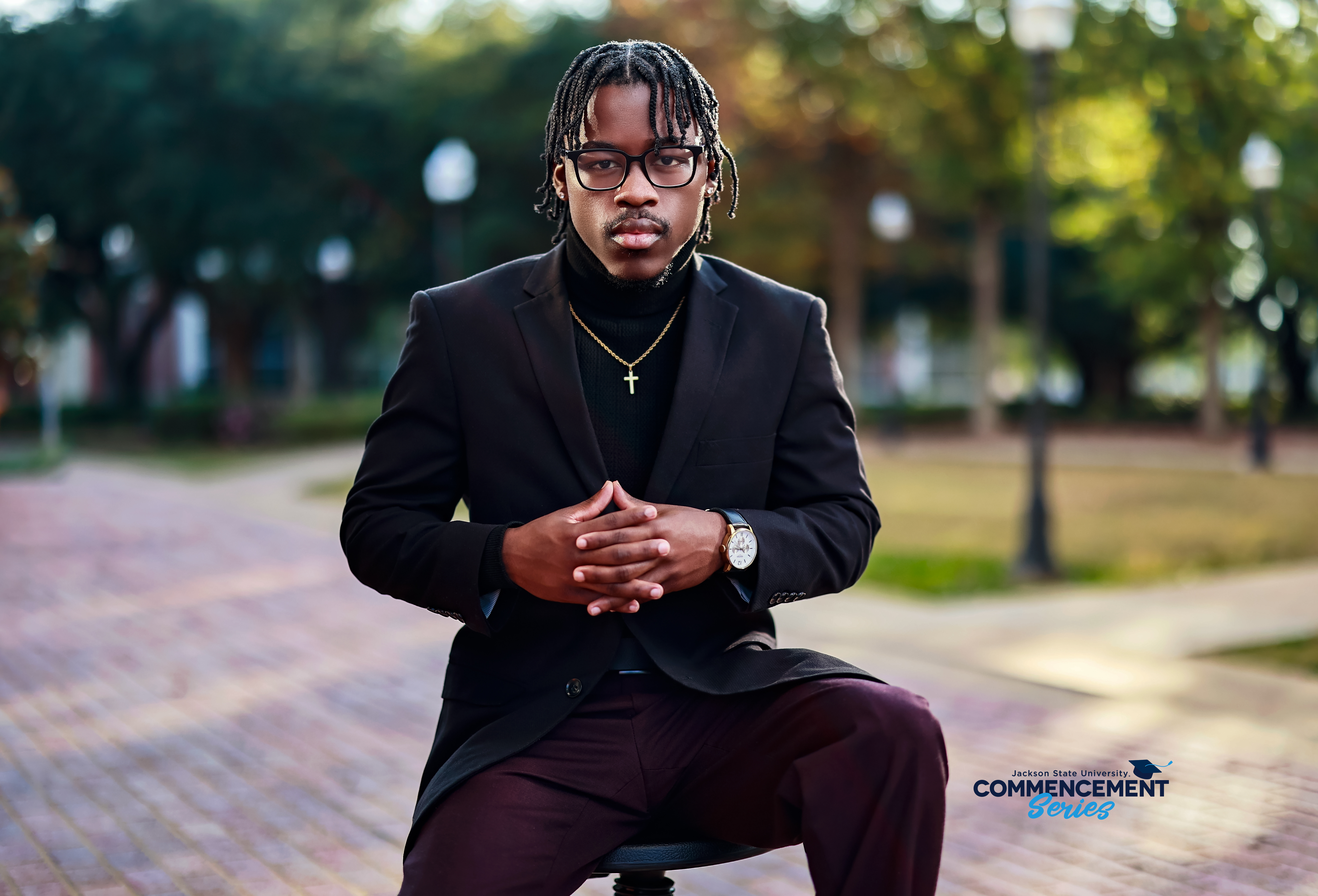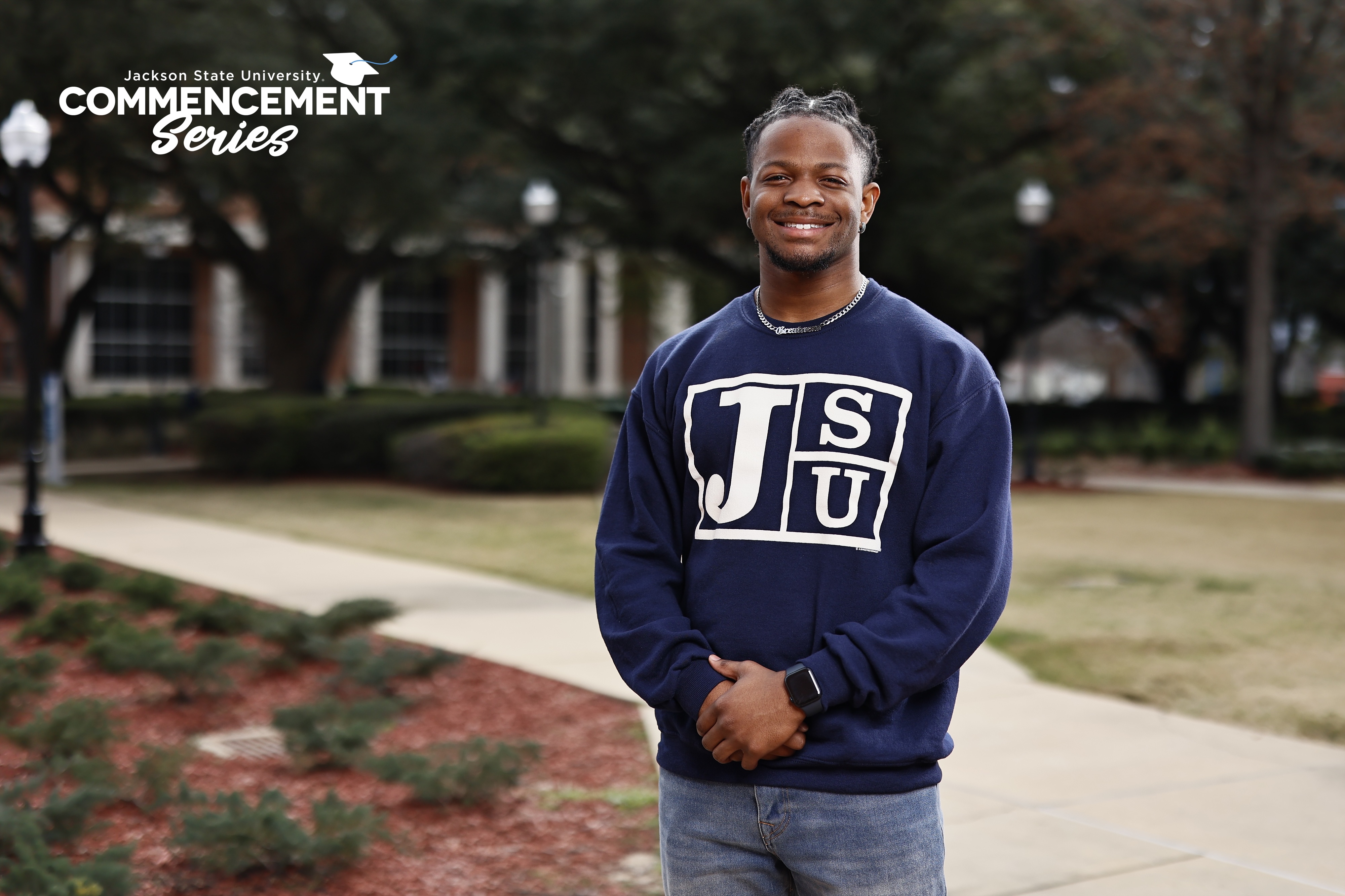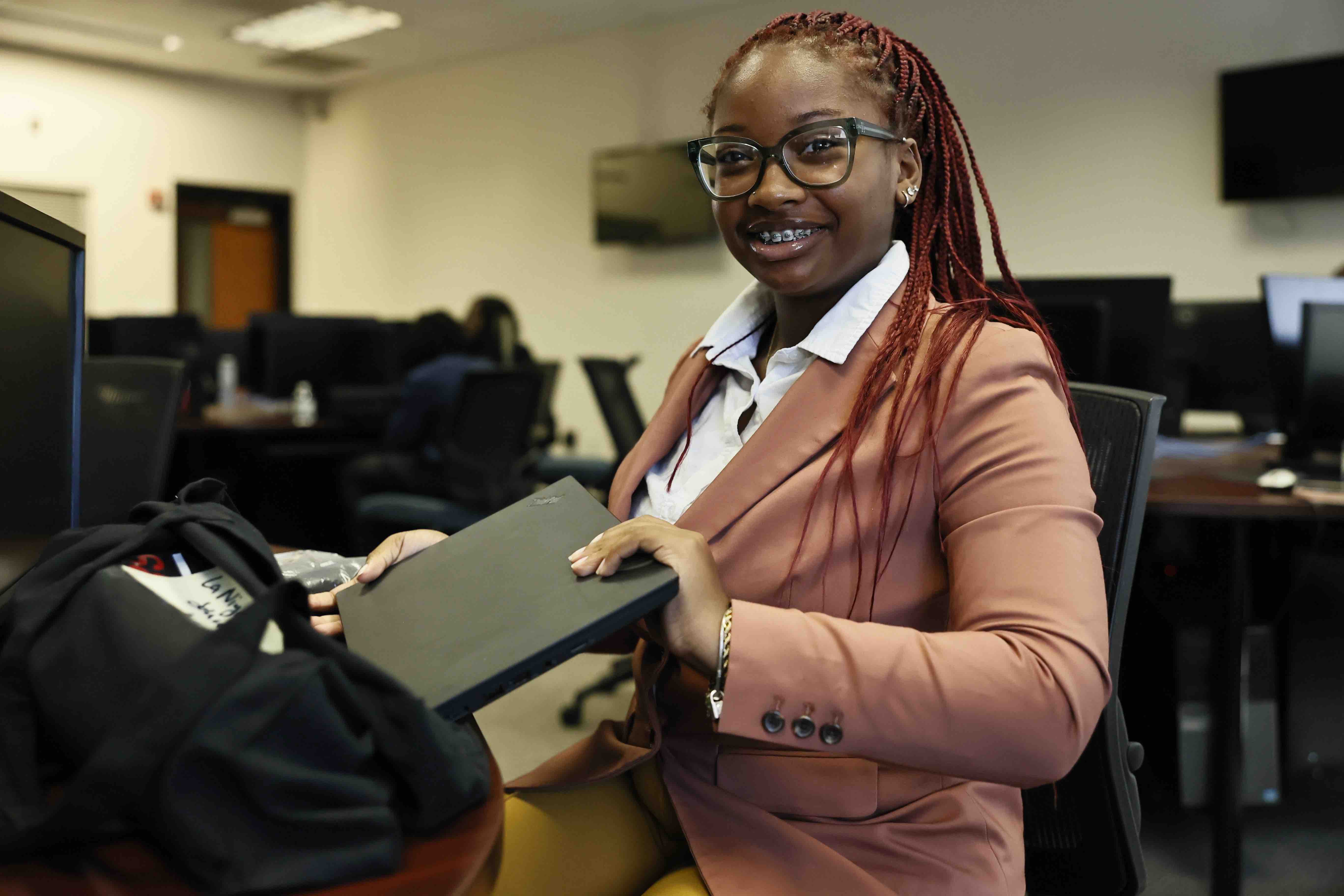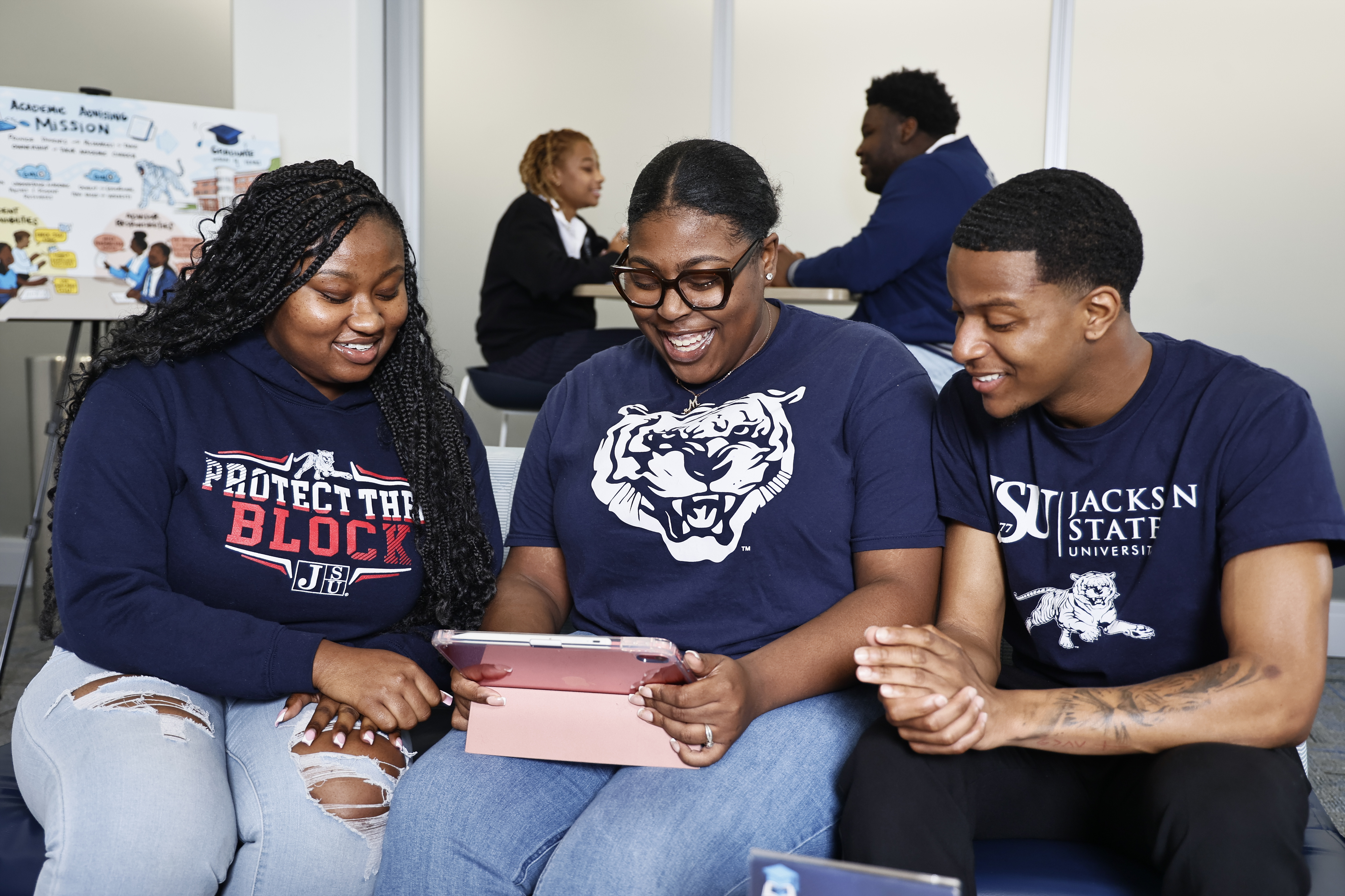The collusion of art and activism can be a powerful force, a panel of nationally renowned writers and teacher concluded Friday as the Jackson State University’s 9th Annual Creative Arts Festival began.
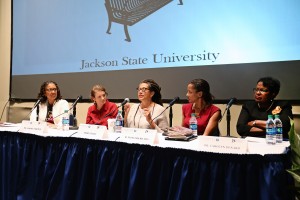
The roundtable discussion, titled Margaret Walker and Toni Morrison: Arts and Activism, got the festival off to a good start, followed by the historic dedication of a Toni Morrison Society “Bench by the Road,” with more talks and activities on Saturday.
“’For My People’ is ‘the’ activist poem,” Carolyn Denard, founder and board chair of The Toni Morrison Society told fellow panelists in the Arts and Activism discussion. “Margaret Walker once said, ‘Our greatest weapon is the word’,” Denard continued.
Walker, known as Margaret Walker Alexander, her married name, among her fellow JSU professors, was a perfect example of that confluence of the writer as artist and the artist as activist, she said.
Walker’s greatest activist act, Denard said, would be the institute for black studies that she founded, now known as the Margaret Walker Center for the Study of the African-American Experience, that she started in 1968 with nothing more than a desk and a telephone.
Much of the discussion centered on how to get young people to embrace the written word and then go forward with it as a means of activisim.
“I want my students to find genius in themselves,” said Nikky Finney, a poet, National Book Award winning author and professor at the University of South Carolina, who also would give this year’s keynote address. “That’s activism.”
The challenge is to make the written word meaningful, the panelists agreed.
Finney recalled after one of her literature classes, a young black male came up to her in the wake of the Ferguson, Mo., police shooting which seemed to highlight the feelings of invisibility by that segment, and said: “I love this class.”
The young man continued: “When I open my mouth, I know you hear me,” Finney recounted.
Educators, said Finney, can teach students to express themselves. “Students want to have a class where they seem whole, human,” she said, just as Walker “taught in the spirit of the whole child.”
“We have to come up with creative assignments (for students) to connect with their own personal stories,” said panelist Carolyn Brown, who has
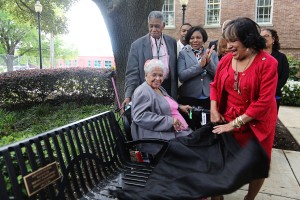
published Song of My Life (University Press of Mississippi), the first biography of Margaret Walker.
Panelists shared their experiences growing up with the written word, with moderator Dr. Deborah H. Barnes, associate professor of English at JSU, saying “The first book I remember reading for sure was (Walker’s) ‘Jubilee.’”
Raquel Flowers Rivera, a poet and assistant professor of English at the University of the District of Columbia, said that all of her family members were “voracious readers.”
Strategies to prompt younger people to read could include as Rivera said she does with her sons: buys them books that she downloads onto their Kindle e-readers, so they can pick and choose what to read and discuss with others.
Denard suggested writing the word “aunt” on the board in a classroom and then having students share their experiences and relationships, have them tell stories and memories. Then, incorporate written stories of aunts in literature, so that “the idea becomes part of their story.”
One of the most powerful ways of activism through the written word is through role models, panelists agreed. Finney said that growing up in a small town, there were no poets. “How do you become your dream with no models?” she asked. Then, she answered her own question: “Biographies.”
“My dreams took shape reading books,” Finney said, reading biographies “of people who look like me.”
Rivera, also said role models have inspired her, particularly Walker and Morrison. Walker, she noted, didn’t write during a period after she started a family, as it took too much energy. By contrast, Rivera said, Morrison wrote with a child in her lap.
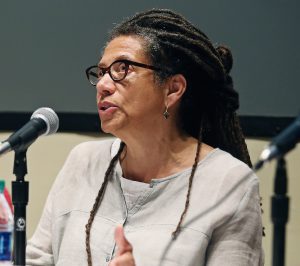
Having role models like that gave her permission not to write when she was too tired from raising her children, but also provided the inspiration to persevere and write even though she was raising children. Both were valid and needed models, she said.
Following the panel, a dedication ceremony was held for the Bench by the Road. The Bench is a black, weather-resistant steel memorial bench that is suitable for a moment of reflection. It has a bronze 6×9 inch naming plate mounted on it, commemorating its installation this week.
As Denard, a 1974 JSU alum, recounted, the goal of the project is to create an outdoor museum that will mark important locations in African-American history both in the United States and abroad.
The name “Bench by the Road” is taken from Morrison’s remarks in a 1989 interview with World magazine where she spoke of the absences of historical markers that help remember the lives of Africans who were enslaved:
“There is no place you or I can go, to think about or not think about, to summon the presences of, or recollect the absences of slaves . . . There is no suitable memorial, or plaque, or wreath, or wall, or park, or skyscraper lobby. There’s no 300-foot tower, there’s no small bench by the road. There is not even a tree scored, an initial that I can visit or you can visit in Charleston or Savannah or New York or Providence or better still on the banks of the Mississippi. And because such a place doesn’t exist . . . the book had to” (The World, 1989).
Denard read an email from Morrison expressing delight that JSU’s bench would be the 12th bench installed.
Barnes, a Bench Society board member, expanded on the reason and need for having such an installation. “The Bench by the Road is a low-tech remedy for a high-tech problem,” Barnes said. So many people, particularly young people, are surrounded by electronic noise and the hustle and bustle of living.
The Bench, Barnes said, is “a place to sit, read, meditate upon the world, or count your blessings.”
Brown elementary students at the conclusion of the ceremony sang “We Are The World.”
Events to continue Friday and Saturday, including:
Friday, April 10
Student Art Exhibitions: Gallery Talks
“Animated World: African Art from the Anderson Collection”
Willie Smith: “Pointillism Landscape,” “Eye of Nature,” “Tree of Death”
Shelia Malone: “40 Years a Mississippi Girl”
1:00 p.m., Ayer Hall
JSU Institute of Government Polling Center Forum
2:00 p.m., Ayer Hall
Reception
6:00 p.m., JSU College of Business Rotunda
The Legacy of Toni Morrison
Carolyn Denard
7:00 p.m., JSU College of Business Auditorium
Saturday, April 11
Continental breakfast: Check-in/Registration
8:30 a.m., JSU Student Center, First Floor
Concurrent Sessions I
9:00 a.m., JSU Student Center Rooms 3210, 3213, 3241 and 3250
Concurrent Sessions II
10:30 a.m., JSU Student Center Rooms 3210, 3213, 3241 and 3250
Keynote Address and Luncheon: Nikky Finney
Introduction: Outspoken
12:00 p.m., JSU Student Center Legacy Dining Hall
Poetic Participations: Performance and Roundtable Discussion
Charlie Braxton and C. Liegh McInnis
1:30 p.m., JSU Student Center Theater
Concurrent Sessions III
2:30 p.m., JSU Student Center Theater, Rooms 3210, 3213, 3241 & 3250
Raquel Rivera Reading and Closing Awards Program
4:00 p.m., JSU Student Center Theater
For more information, contact the Center (mwa@jsums.edu or 601-979-2055) or the conference coordinators, Dr. Helen Crump (helen.j.crump@jsums.edu) and Dr. Robert Luckett, director (robert.luckett@jsums.edu).



